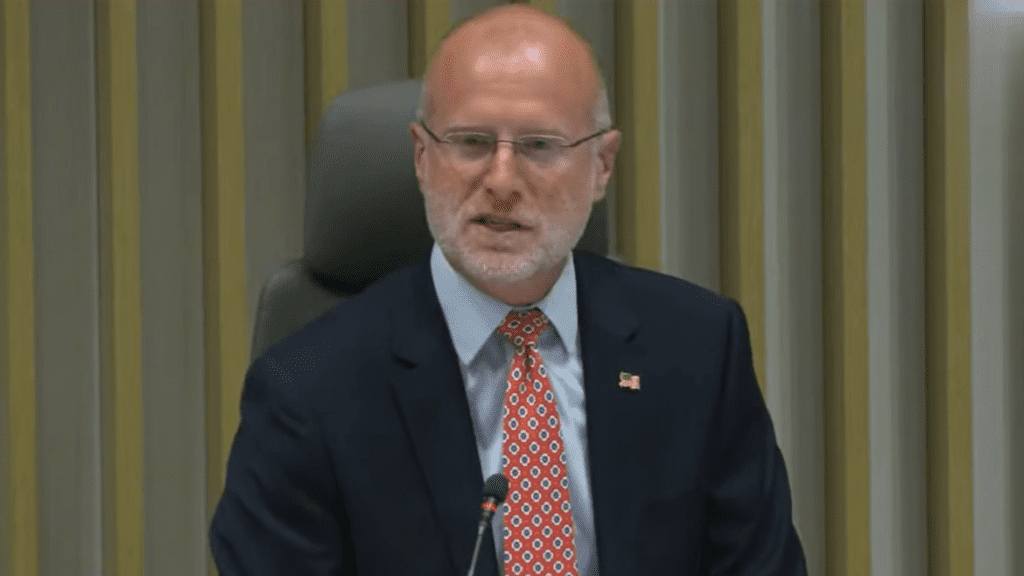Wireless Industry Checks in With NTIA on 6G
Randy Sukow
|

Even as the FCC moves forward with its long-delayed 5G Fund program to expand advanced wireless services in rural areas, the government and wireless industry are staking out the parameters of sixth generation (6G) wireless. The National Telecommunications and Information Administration (NTIA) recently accepted industry comments from about 60 companies and associations on how government and industry should shape 6G, which some estimate could be deployed by 2030.
Among the questions NTIA seeks to answer is how 6G enhancements could improve network resiliency and recovering from natural disasters. In addition, a December 2023 report from the Department of Commerce Spectrum Management Advisory Committee described a 6G vision that promotes “economic growth, enhanced national security, and societal well-being … The U.S. must take steps now to better influence the complex process of technology development, standardization, and regulations, and lay the foundation for its success.”
Wireless equipment manufacturer Ericsson showed interest in how 6G could prove to be more energy efficient than earlier wireless technologies. “With the right approach, it is possible for the mobile industry to deploy 6G technology sustainably, and decouple data traffic growth from energy consumption, while reducing emissions,” it said. The company said that it has set the goal of providing carbon net-zero emissions in its “value chain” by 2040 with an interim 50 percent goal by 2030.
Ericsson also linked wireless network innovation to advanced renewable energy adoption. “Ericsson’s research shows that if the entire [information and communication technology] sector switched to renewable energy sources for all of its electricity requirements, the carbon footprint could be reduced by 80 percent,” it said. (NRTC has joined an alliance with Ericsson to promote private radio networks to improve efficiency for rural electric distribution cooperatives.)
CTIA – The Wireless Association in its comments described 6G planning as a continuation of current 5G innovation. “5G innovations will continue to advance through the next decade, and 6G is expected to build on that success—enabling the U.S. to enhance its global competitiveness in a variety of market sectors and support our national defense while retaining scalability and cost-effective, flexible deployment models,” it said.
The Telecommunications Industry Association (TIA), a standards-setting organization, said it was willing to work with government and private-industry stakeholders in 6G planning, but agreed with CTIA that there is still much innovation to come with 5G and that it may be premature to concentrate on 6G. “TIA’s perspective is that any exercise to compile a list of relevant organizations or stakeholders should be written in pencil, not pen. Standards-developing organizations and the technologies that they support are constantly evolving,” it said. “This is particularly true for 6G, where the commercially viable end uses are not yet clear.”
The greatest issue ahead, CTIA said, is ensuring adequate spectrum to support innovation. “Licensed, full-power spectrum is essential to wireless networks and will continue to be necessary in the 6G environment,” it said. The association estimated that the United States trails other countries developing 5G/6G technologies by an average of 378 MHz of mid-band, licensed spectrum. It noted several current spectrum management debates and especially backed opening the lower 3 GHz band for licensed, full-power use. Combining the lower 3 GHz band with 3.45-3.55 GHz and 3.7-3.98 GHz ranges, would “increase domestic capacity and coverage, including in rural area,” CTIA said.


